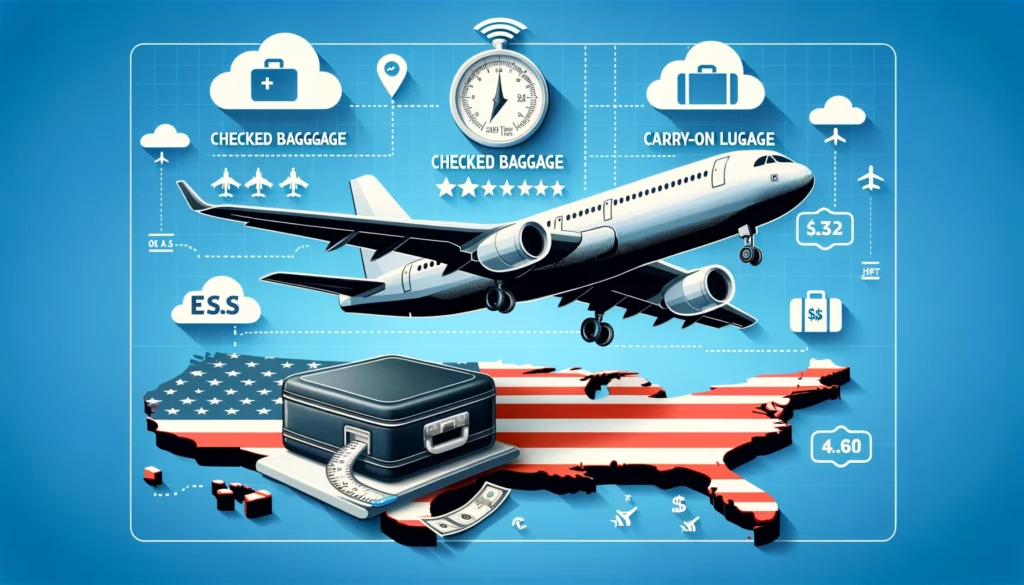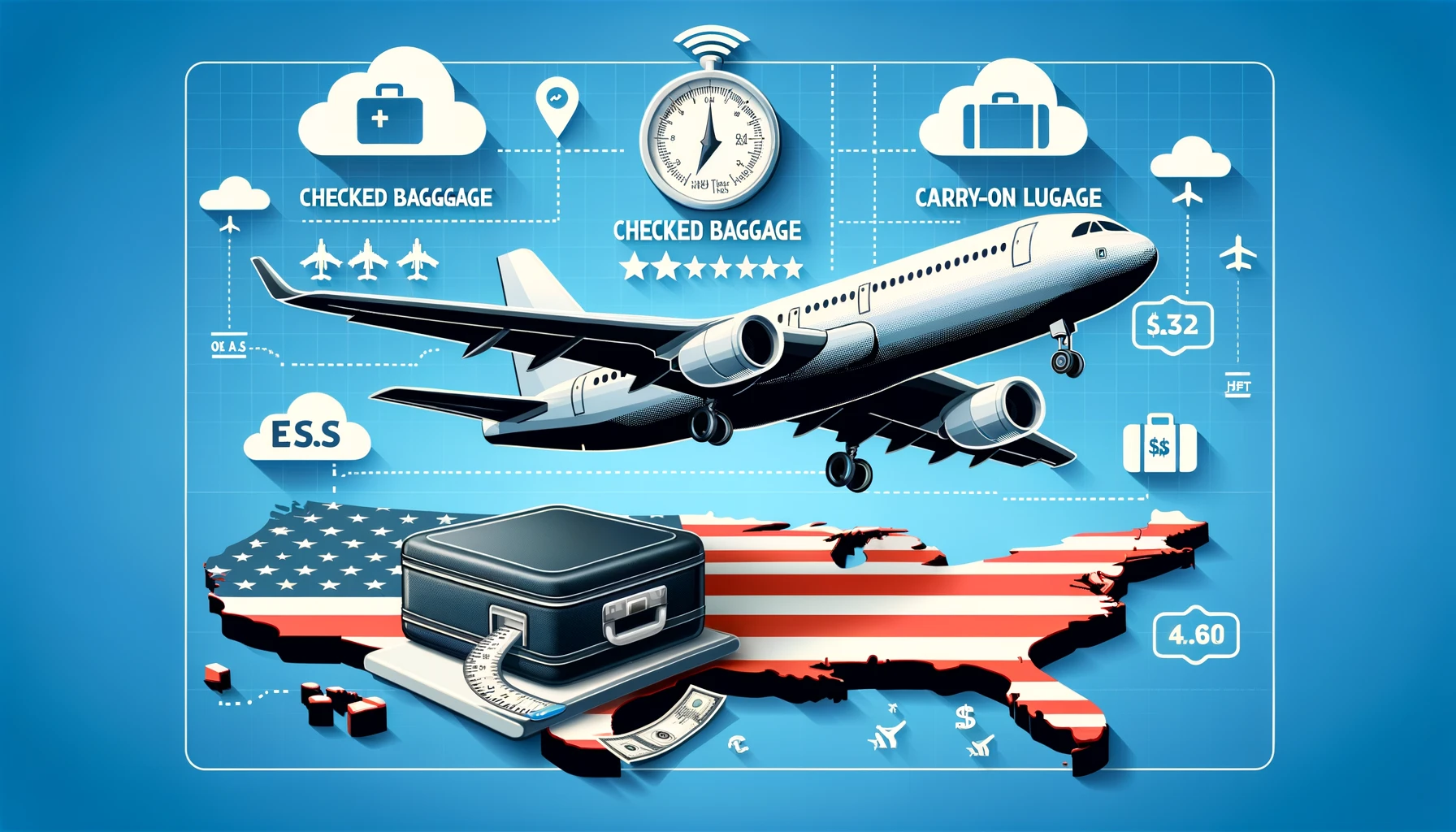Fly Over America: Understanding Weight Restrictions
Introduction
As a frequent traveler, understanding weight restrictions on flights can significantly impact your travel experience. Weight restrictions are a crucial aspect of air travel, affecting everything from safety to costs. This guide aims to demystify weight restrictions, providing you with the knowledge to navigate them effortlessly on your next Fly Over America journey.
Why Do Airlines Have Weight Restrictions?
Airlines enforce weight restrictions primarily for safety and efficiency. Every aircraft has a maximum takeoff weight (MTOW) that it cannot exceed. This limit ensures that the aircraft can achieve lift-off, fly, and land safely. Exceeding this weight can compromise the aircraft’s performance, potentially leading to accidents.
Additionally, weight restrictions help balance the aircraft. Proper weight distribution is essential for maintaining the aircraft’s center of gravity, which affects its stability and maneuverability during flight. Overloading one side of the plane can lead to dangerous situations.
Types of Weight Restrictions
There are three main types of weight restrictions to be aware of when flying:
- Checked Baggage: This refers to the luggage that passengers hand over to the airline at check-in. Airlines typically have strict limits on the weight of checked bags, with additional fees for excess weight.
- Carry-On Baggage: Carry-on bags are those you take into the cabin with you. These also have weight and size limits to ensure they can fit in the overhead compartments or under the seat in front of you.
- Personal Weight: While this is less commonly discussed, airlines also consider the combined weight of passengers and their carry-on luggage. This helps ensure the aircraft is within its safe operating weight limits.
Standard Weight Limits and Fees
Most airlines have a standard weight limit of 50 pounds (23 kilograms) for checked baggage and 15-20 pounds (7-9 kilograms) for carry-on bags. However, these limits can vary, so always check with Fly Over America before packing. Exceeding these limits typically incurs additional fees, which can add up quickly.
For instance, Fly Over America charges $100 for checked bags weighing between 51-70 pounds and $200 for bags weighing 71-100 pounds. Carry-on bags exceeding the weight limit may need to be checked, incurring similar fees.

Tips for Managing Weight Restrictions
- Weigh Your Luggage: Invest in a portable luggage scale to weigh your bags before heading to the airport. This simple step can save you from unexpected fees.
- Distribute Weight Evenly: When packing, try to distribute the weight evenly between your checked and carry-on luggage. This can help you stay within the limits and avoid additional charges.
- Pack Smart: Prioritize essential items and leave behind non-essentials. Consider using travel-sized toiletries and packing versatile clothing that can be mixed and matched.
- Use Airline Perks: Some loyalty programs or credit cards offer benefits like additional baggage allowance. Check if Fly Over America provides such perks and take advantage of them.
- Be Prepared to Repack: If you find your luggage is overweight at the airport, be prepared to move items around. Having a small, lightweight bag in your carry-on can help you redistribute weight if needed.
Frequently Asked Questions
Q: Can I purchase an additional baggage allowance in advance? A: Yes, Fly Over America allows passengers to purchase additional baggage allowance online before their flight. This can be cheaper than paying excess baggage fees at the airport.
Q: Are there any exceptions to weight restrictions for unique items? A: Special items like sports equipment or musical instruments may have different weight and size limits. Always check with Fly Over America for specific policies regarding such items.
Q: How strict are airlines about carry-on weight limits? A: While some airlines are more lenient, it’s best to adhere to the specified limits to avoid any issues at boarding. Fly Over America typically enforces these limits to ensure passenger safety and comfort.
Conclusion
Navigating weight restrictions doesn’t have to be a stressful part of your travel experience. By understanding the reasons behind these rules and preparing accordingly, you can ensure a smooth and hassle-free journey with Fly Over America. Remember, a little planning goes a long way in avoiding unnecessary fees and ensuring your trip starts on a positive note. Safe travels!

